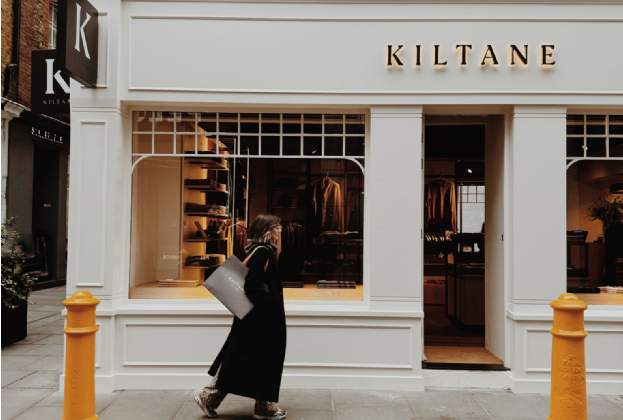Recent years have seen sales efficiencies fall for the ‘big four’ supermarket brands due to increased competition and spend polarisation as consumers more frequently look to either save or indulge. As such, value and aspirational grocery retailers have performed well, while the middle ground has felt the squeeze.
This question of sales efficiency has had a profound impact on brands’ store network strategies. Since 2008, the convenience store sector has grown substantially: Tesco and Sainsbury’s have added 1,100 convenience stores; Asda, Waitrose and Aldi have more than doubled their estates and Lidl’s portfolio has increased six fold. There has also been a flight from hypermarkets, as grocery brands sought to de-risk over-exposure to larger stores and non-food space.
Today, stores in the 30,000-50,000 sq ft size band appear to balance space for comprehensive product lines with optimum sales efficiencies. Waitrose has been resilient since the downturn as, apart from being selective in terms of demographics served, its portfolio is already aligned to this size bracket.
Across the board, supermarket brands continue to explore different right-sizing solutions. With a markedly reduced development pipeline in play, we expect supermarkets to focus on achieving growth through efficient use of existing space, cost cutting, further partnerships with other retailers and other innovative solutions.
Further information
Read more: What's the most efficient store size?
.jpg)
.jpg)







.jpg)
